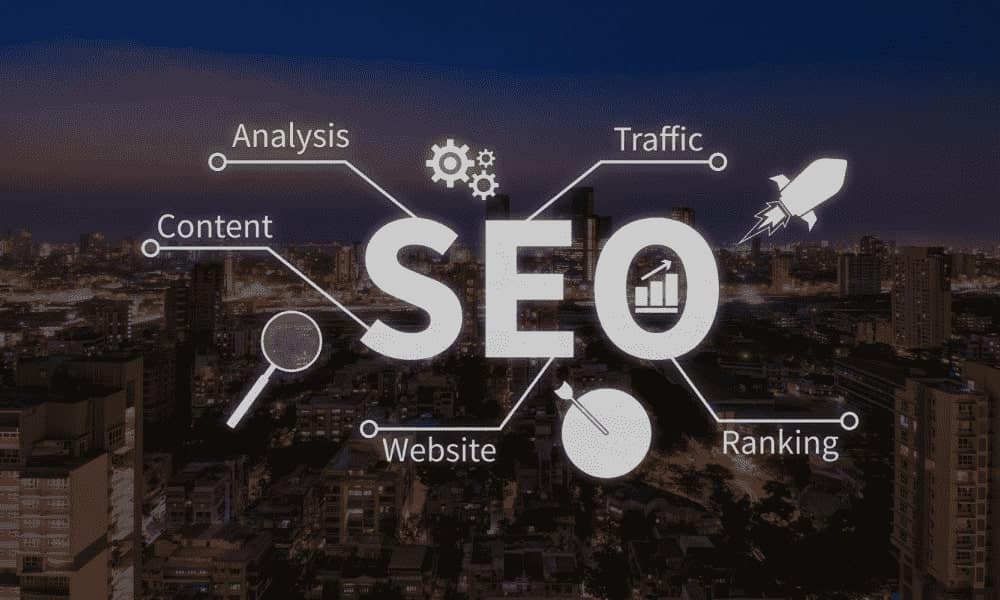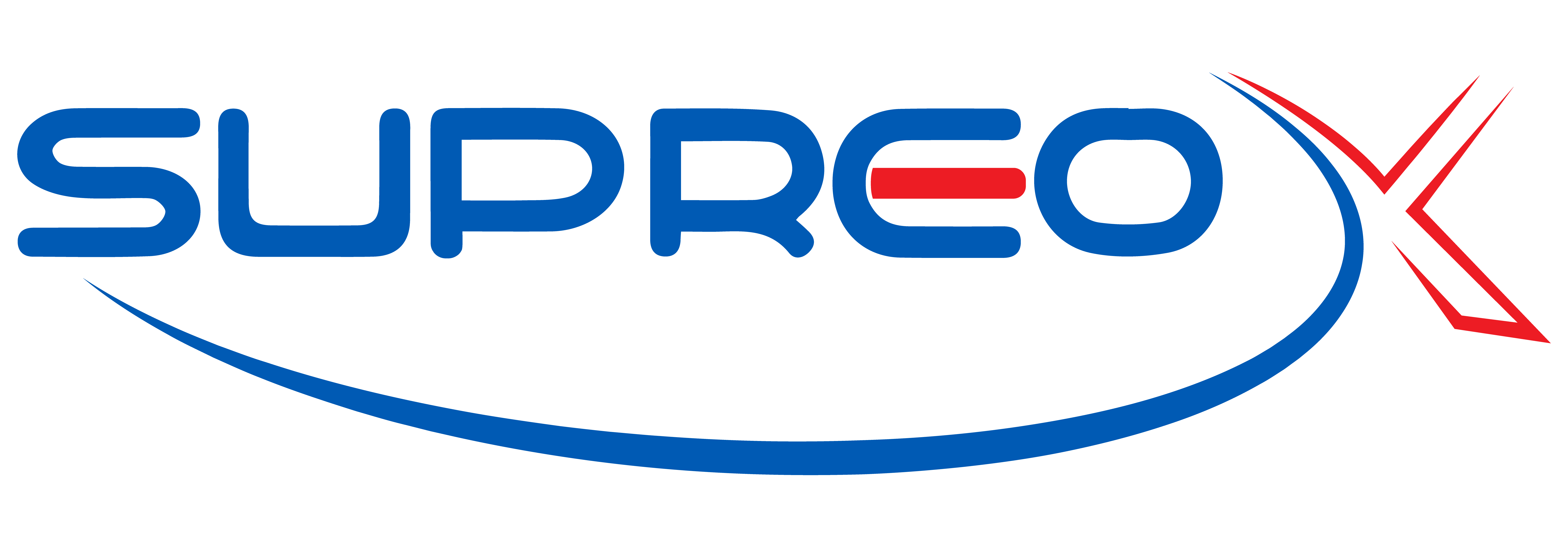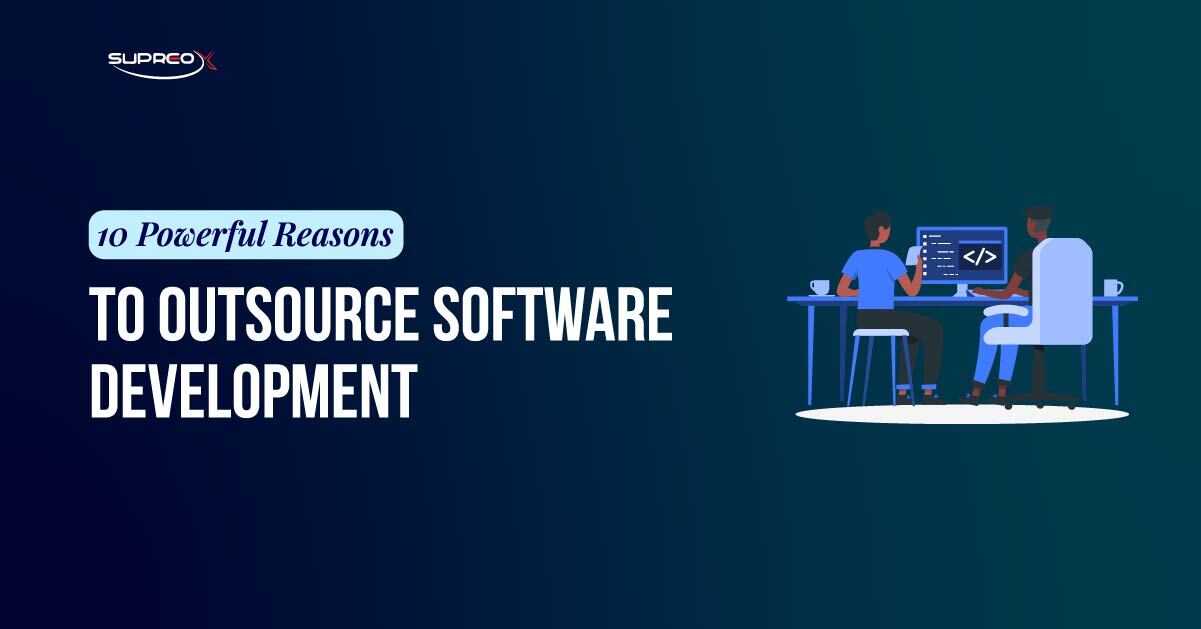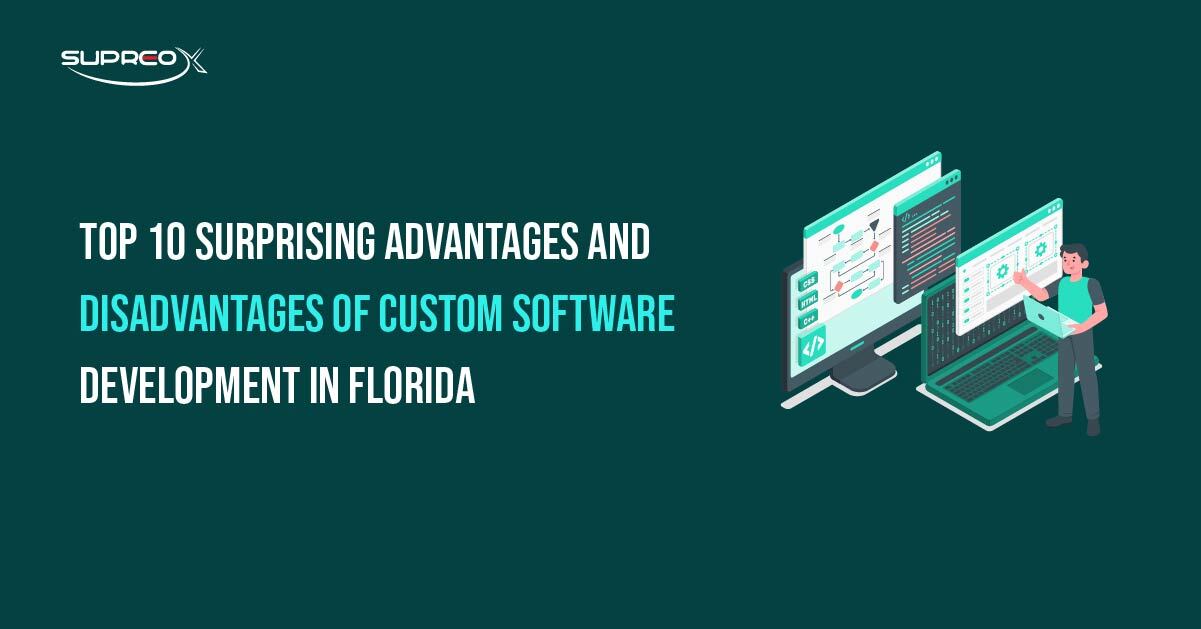Welcome to our blog! If you own a website and want to improve its ranking on search engines, you’re in the right place. Search Engine Optimization (SEO) plays a crucial role in driving organic traffic to your website. However, some common mistakes can hinder your website’s performance.
In this blog post, we’ll discuss 10 SEO mistakes you should avoid and provide actionable solutions to achieve better website rankings.
Mistake 1: Neglecting Keyword Research
Keywords are the foundation of SEO. They are the words and phrases people use when searching for information online.
Why is it a Problem?
Failing to conduct thorough keyword research can make it difficult for search engines to understand your website’s content, leading to low visibility. 91% of web pages get zero organic traffic from Google (Ahrefs). Invest time in finding relevant keywords and incorporating them strategically throughout your website.
How to Fix It?
- Use tools like Google Keyword Planner, Ahrefs, and SEMrush to find high-intent keywords.
- Incorporate long-tail keywords naturally within your content.
- Update and refine your keyword strategy based on SEO trends and analytics
Mistake 2: Poor Website Structure and Navigation
A well-organized website structure and intuitive navigation are essential for users and search engines.
Why is it a Problem?
A cluttered or confusing website structure can lead to a poor user experience, resulting in higher bounce rates. Google prioritizes well-structured sites in search rankings.
How to Fix It?
- Use a logical menu structure with clear categories to make it easier to navigate.
- Implement internal linking strategies for better navigation.
- Ensure mobile-friendliness and smooth user experience.
Mistake 3: Lack of Optimized Meta Tags
Meta tags with relevant keywords and compelling descriptions can significantly impact your website’s click-through rates and overall SEO performance.
Why is it a Problem?
Meta tags, including title tags and meta descriptions, help search engines understand your page. They provide concise information about your web pages to search engines and users. Pages with optimized meta descriptions get 5.8% more clicks (Backlinko).
How to Fix It?
- Optimize title tags with primary keywords.
- Write compelling meta descriptions (under 160 characters).
- Use unique meta tags for every page to avoid duplication.
Mistake 4: Ignoring Mobile Optimization
With the increasing use of smartphones, mobile optimization has become paramount.
Why is it a Problem?
Search engines prioritize mobile-friendly websites in their rankings. 53% of users abandon sites that take more than 3 seconds to load on mobile (Google). Google prioritizes mobile-first indexing.
How to Fix It?
- Implement responsive web design.
- Test your website using Google’s Mobile-Friendly Test.
- Optimize images and reduce mobile loading time for a seamless user experience across different screen sizes.
Mistake 5: Slow Website Loading Speed
Users expect websites to load quickly. If your website takes too long to load, visitors will likely abandon it and seek information elsewhere. Site speed impacts rankings and conversion rates.
Why is it a Problem?
A slow site results in higher bounce rates. A 1-second delay in page load time can reduce conversions by 7%.
How to Fix It?
- Compress images using TinyPNG or Smush.
- Enable browser caching and use a Content Delivery Network (CDN).
- Optimize website code and eliminate unnecessary scripts.
Mistake 6: Thin or Duplicate Content
Content is king in the world of SEO. According to HubSpot, Websites with high-quality blogs get 55% more organic traffic.
Why is it a Problem?
Thin, low-quality content or duplicate content can harm your website’s rankings. Google penalizes low-quality or duplicate content.
How to Fix It?
- Publish original, valuable, and engaging content.
- Avoid duplicate pages; use canonical tags when needed.
- Update old blog posts with fresh insights.
Mistake 7: Neglecting Link Building
Backlinks from reputable websites are like votes of confidence for search engines. A small E-Commerce brand improved traffic by 200% through guest posting and backlink outreach.
Why is it a Problem?
Backlinks act as votes of confidence for search engines. Websites with high-quality backlinks rank significantly higher. Not incorporating a solid link-building strategy can limit your website’s authority and visibility.
How to Fix It?
- Secure guest blogging opportunities.
- Collaborate with industry influencers.
- Use broken link-building techniques.
- Use content promotions for building links.
Mistake 8: Overlooking Social Media Integration
Social media platforms have a significant impact on SEO. Websites with strong social signals perform better in search rankings.
Why is it a Problem?
Social signals impact SEO indirectly. Content shared on social media channels improves engagement and visibility.
How to Fix It?
- Add social sharing buttons to blog posts for easy sharing and engagement.
- Promote content on platforms like LinkedIn, Facebook, and Twitter.
- Engage with followers to drive referral traffic.
Mistake 9: Failure to Optimize Images
Images are a crucial part of any website, but if they are not optimized correctly, they can also impact its performance.
Why is it a Problem?
Large image files slow down your website. Optimized images improve rankings by 20% (Moz).
How to Fix It?
- Compress images with JPEG Optimizer or ShortPixel without compromising quality.
- Add alt text with descriptive text for accessibility and SEO.
- Use Appropriate file names (e.g., seo-tips-guide.jpg).
Mistake 10: Not Monitoring and Analyzing SEO Performance
SEO is an ongoing process, and it’s essential to monitor and analyze your website’s performance regularly. This data will help you identify areas for improvement and make informed decisions to boost your website’s rankings.

Why is it a Problem?
SEO is an ongoing process. Without monitoring, you won’t know what’s working. Neil Patel boosted organic traffic by 110% by analyzing SEO data and refining keyword strategies.
How to Fix It?
- Track SEO performance using Google Analytics.
- Monitor bounce rates, keyword rankings, and organic traffic.
- Adjust strategies based on data-driven insights.
Conclusion
Avoiding these 10 SEO mistakes will greatly improve your website’s rankings. Conduct thorough keyword research, optimize meta tags, and ensure a well-structured and easily navigable website. Don’t forget to prioritize mobile optimization and fast loading speeds. Create original content, build quality links, integrate social media, optimize images, and monitor your SEO performance. By following these guidelines, you’ll be on your way to better website rankings and increased online visibility.
Ready to boost your website rankings and drive more organic traffic? Contact us today for professional SEO services tailored to your business needs. Let us help you avoid common SEO mistakes and implement effective strategies for better online visibility. Take the first step towards success by reaching out to us now.
FAQs
How long does it take to see SEO results?
SEO results vary, but most websites start seeing improvements within 3-6 months with consistent optimization efforts.
What is the ideal keyword density for SEO?
There is no fixed rule, but 1-2% keyword density is generally recommended to avoid keyword stuffing and maintain readability.
How important are backlinks for SEO?
Backlinks are crucial! Websites with high-quality backlinks tend to rank higher because they signal trust and authority to search engines.
Can I do SEO on my own, or do I need an expert?
Basic SEO can be done independently, but for long-term success, hiring an SEO expert ensures better strategy execution and faster results.
Does social media impact SEO rankings?
While social signals are not a direct ranking factor, sharing content on social media increases visibility, engagement, and referral traffic.











